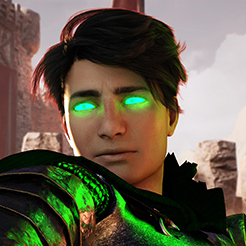 One good indicator of an important emerging topic within the wine world is when Masters of Wine candidates choose that topic for their research paper.
One good indicator of an important emerging topic within the wine world is when Masters of Wine candidates choose that topic for their research paper.
Recently minted Master of Wine Susan R. Lin chose to write her thesis on the "Influences of Classical Music on the Perception of a Non-Vintage Brut Champagne." So perhaps we can conclude from this that music and wine pairing is reaching a threshold of interest and attention. At any rate, I found her paper both inspiring and informative while I was finishing my contribution to A Practical Guide to Pairing Wine and Music.
Susan's paper contains an excellent survey of the literature on wine and music pairing. But the heart of her research are the experimental tastings she designed using 71 volunteers, several bottles of Veuve Clicquot Ponsardin Yellow Label Brut Non-Vintage, and four classical music pieces: Claude Debussy, Danses Sacrée et Profane, Danse Profane; Johannes Brahms, Violin Concerto, Movement 3, Allegro giocoso, ma non troppo; Modest Mussorgsky, Pictures at an Exhibition: Promenade; and Camille Saint-Saëns, Carnival of the Animals: XIV – Finale.
These musical pieces were chosen specifically to test two hypotheses:
These pieces were chosen in part as well-suited to testing whether parameters of high pitch, fast tempo, bright/sharp timbre, and accentuated/dynamic articulation heighten effervescence and acidity/crispness perception, and whether lower pitch, slow tempo, full timbre, and smooth articulation might elicit greater richness and fruitiness perception in the champagne.
The details of the study are worth looking at but here I will just briefly summarize some of her most interesting conclusions:
- The Champagne was considered more exciting when tasted with the two musical pieces rated highest in music arousal compared to tasting in silence.
- The Champagne was enjoyed more while listening to the music with "high pitch, fast tempo, sharp timbre, dynamic articulation and high excitement compared to silence."
- "The lighthearted Saint-Saëns was rated best-matched and most-liked, which corroborates other studies that found light, fast-paced pieces were preferred for bright, high acid white wines."
- "The champagne was rated highest in effervescence when tasted with the two pieces sharing high pitch, fast tempo, sharp timbre, dynamic articulation, and high excitement. Contrastingly, the champagne was rated highest in fruitiness and richness when tasted with the piece featuring low pitch, slower tempo, round timbre, smooth articulation, and high power."
As the holiday season nears and we stock up on Champagne, don't forget to download some Saint-Saëns and Debussy. Your guests will be suitably aroused.

No comments:
Post a Comment